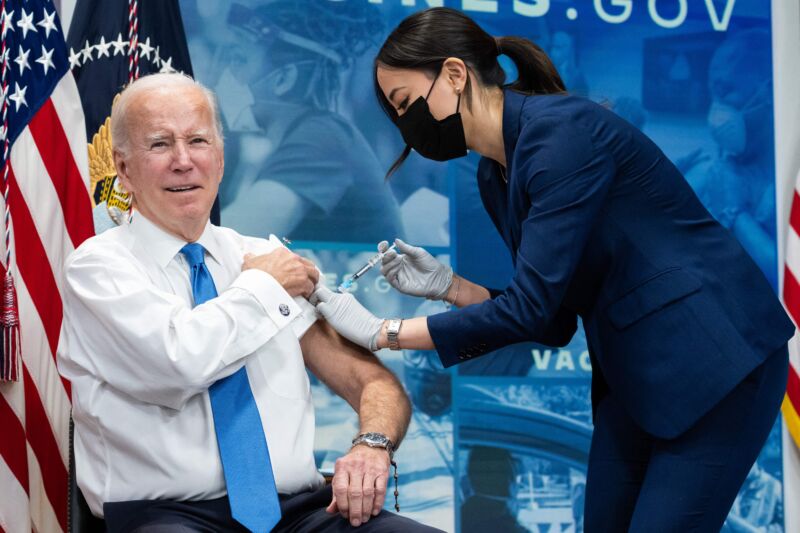-
 chevron_right
chevron_right
Our fall COVID boosters will likely be a monovalent XBB formula
news.movim.eu / ArsTechnica · Thursday, 15 June, 2023 - 22:01

Enlarge / Vials with COVID-19 vaccine labels showing logos of pharmaceutical company Pfizer and German biotechnology company BioNTech. (credit: Getty | Photonews )
An advisory committee for the Food and Drug Administration on Thursday voted unanimously (21 to 0) to recommend updating COVID-19 vaccines for the 2023-2024 period to be a monovalent formula targeting the latest omicron subvariant lineage of XBB. Such an update would apply to both primary series shots as well as boosters.
The monovalent update means that the next COVID-19 vaccines will only target one version of pandemic coronaviruses. This is a switch from the current formula, which is bivalent, targeting both the spike protein from the ancestral SARS-CoV-2 strain and the previous leading omicron subvariants BA.4/5 (which share a spike protein).
In Thursday's day-long meeting, advisors reviewed data suggesting that the current bivalent vaccine continues to protect from the most severe outcomes of COVID-19, but protection from infection and hospitalization wanes over time and wanes notably faster against the XBB variants. To date, only 17 percent of Americans have received a bivalent booster, meaning their protection is significantly weakened since their last dose of the original vaccine formula, which only targeted the ancestral strain.


